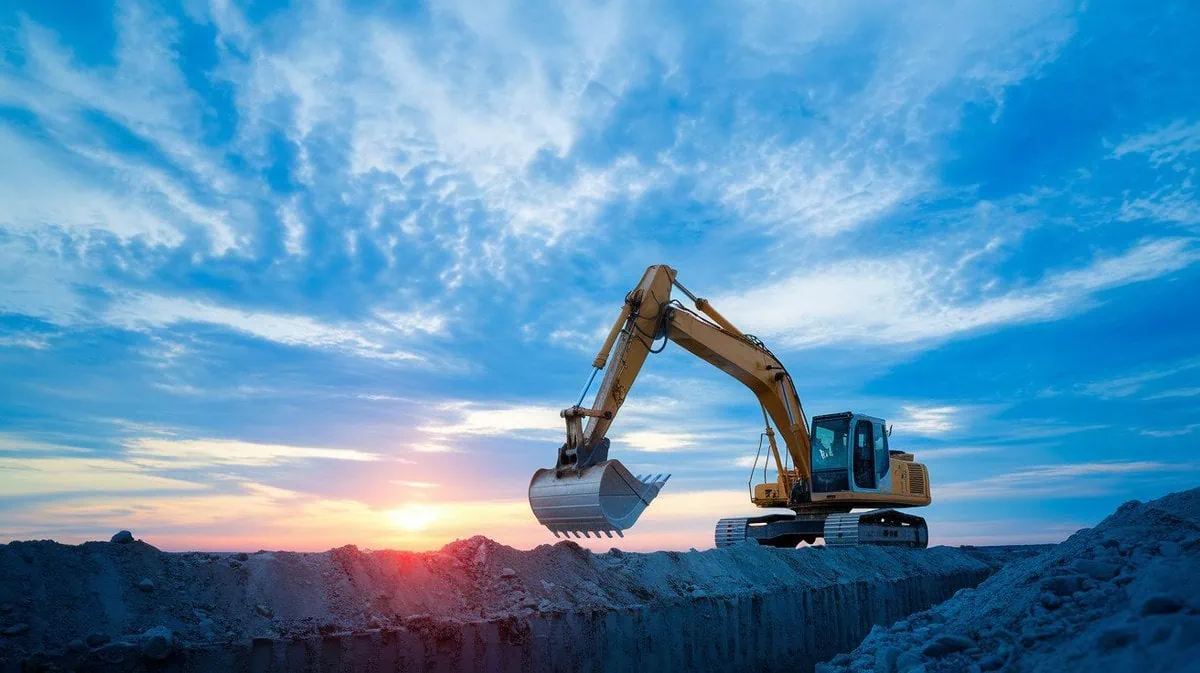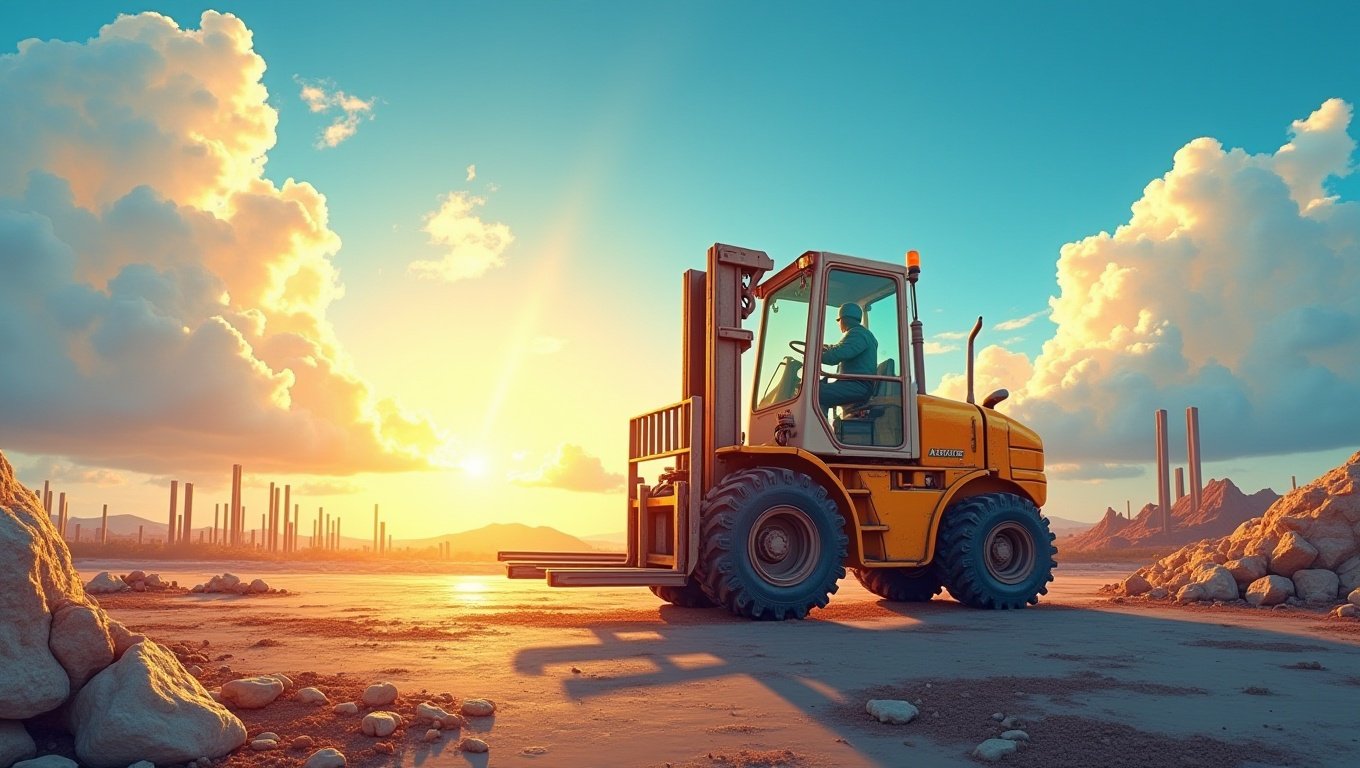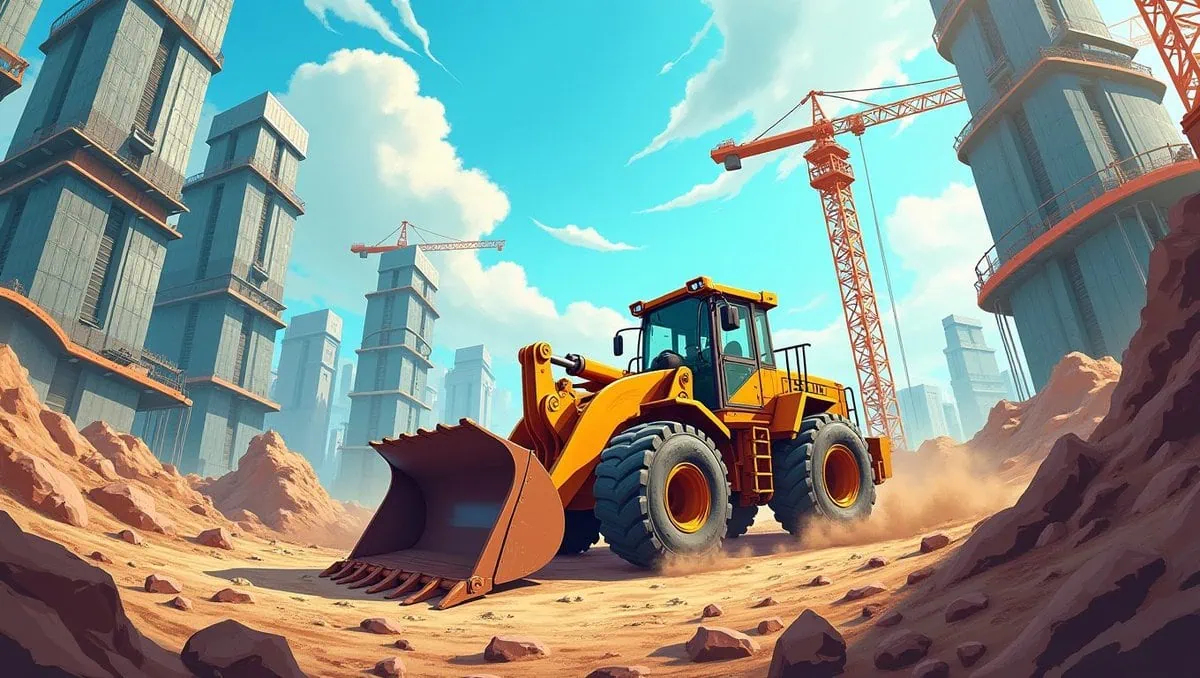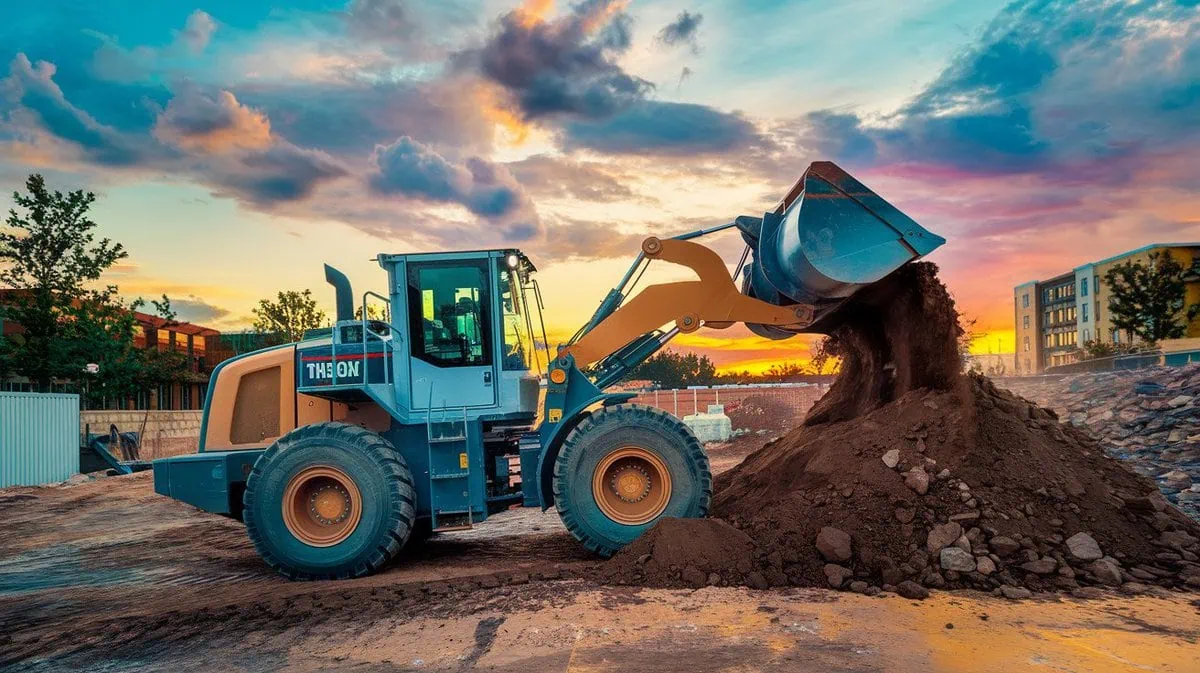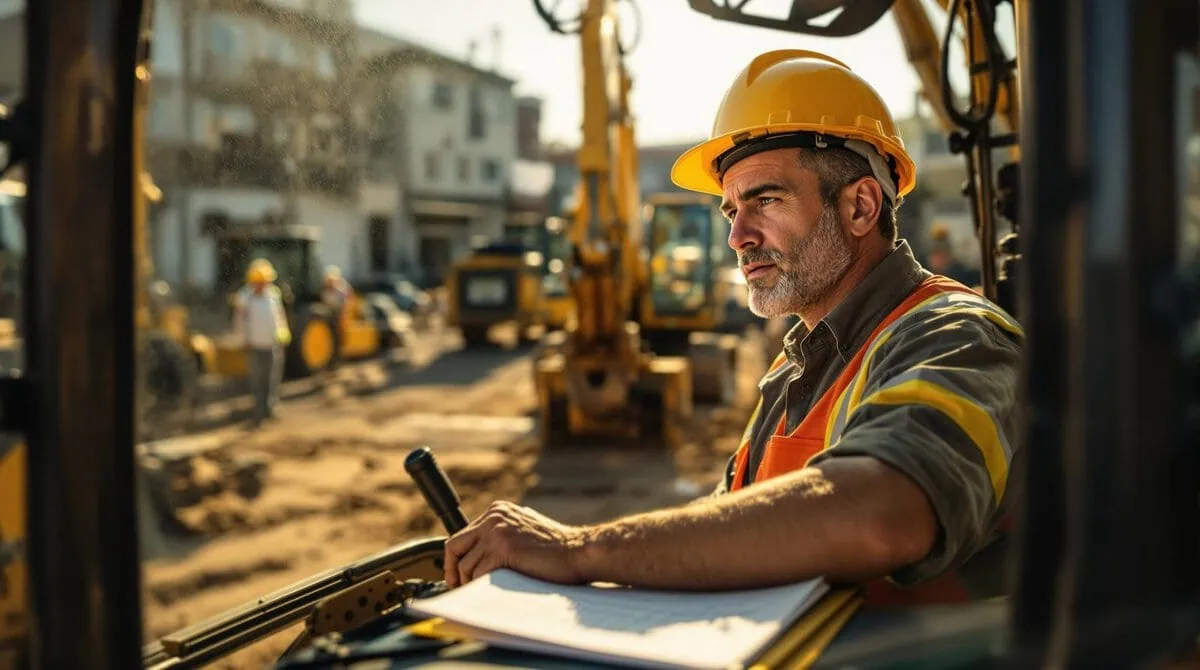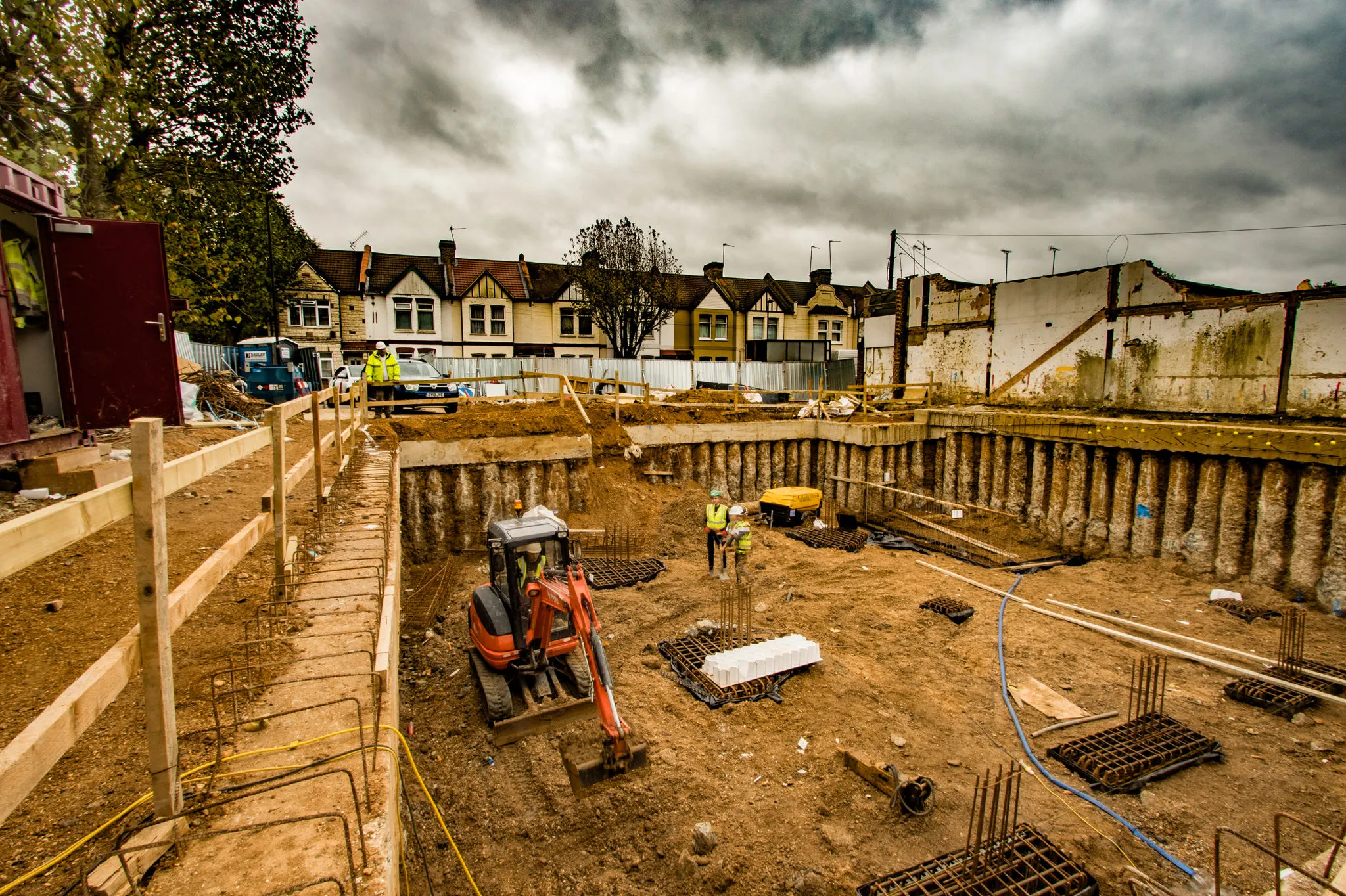Cranes are literally the backbone of the construction industry. By using a large types of cranes, construction work can be done faster. Each types of cranes is designed to accomplish specific tasks on a construction site. In this guide, we will cover the most commonly used cranes in construction to help you determine which one is the best fit for your project.
Cranes are essential for lifting and moving heavy materials on construction sites. From tower cranes to mobile cranes, there are numerous types of cranes designed for specific tasks. Understanding the differences and applications of each types of cranes can significantly impact the efficiency and safety of your construction project.
In this post, we will cover the most commonly used cranes in construction so you can see which one you need for your project.
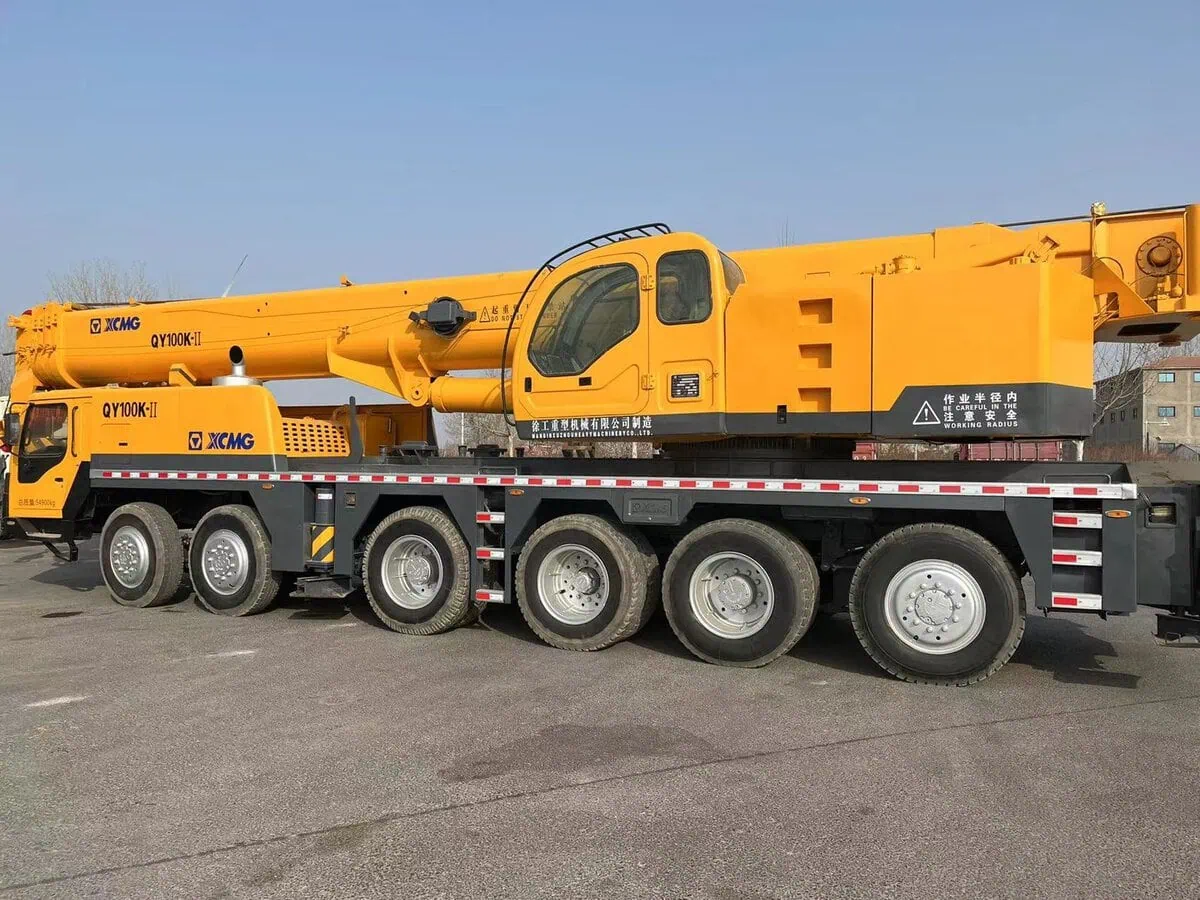
1. Tower Cranes
One of the most noticeable cranes on a large construction site, especially for tall building projects, is a tower crane. They offer excellent lifting capacity and height, which makes them essential for skyscraper construction.
Tower cranes are used in high-rise construction, offering remarkable lift capacities and extending to impressive heights. With a rotating arm, they can efficiently handle heavy loads over long distances, making them indispensable on large building sites.
Typically, tower cranes are fixed to the ground or attached to the structure. They are ideal for construction projects that require lifting heavy materials to a significant height, such as skyscrapers and large commercial buildings. Tower cranes also offer outstanding horizontal reach, and they can be used on crowded job sites when everything needs to be lifted in place precisely. Tower cranes have a significant advantage because their load capacities and reach are substantial, which means they can lift heavy steel beams, huge concrete slabs, and other materials needed in a large construction project.
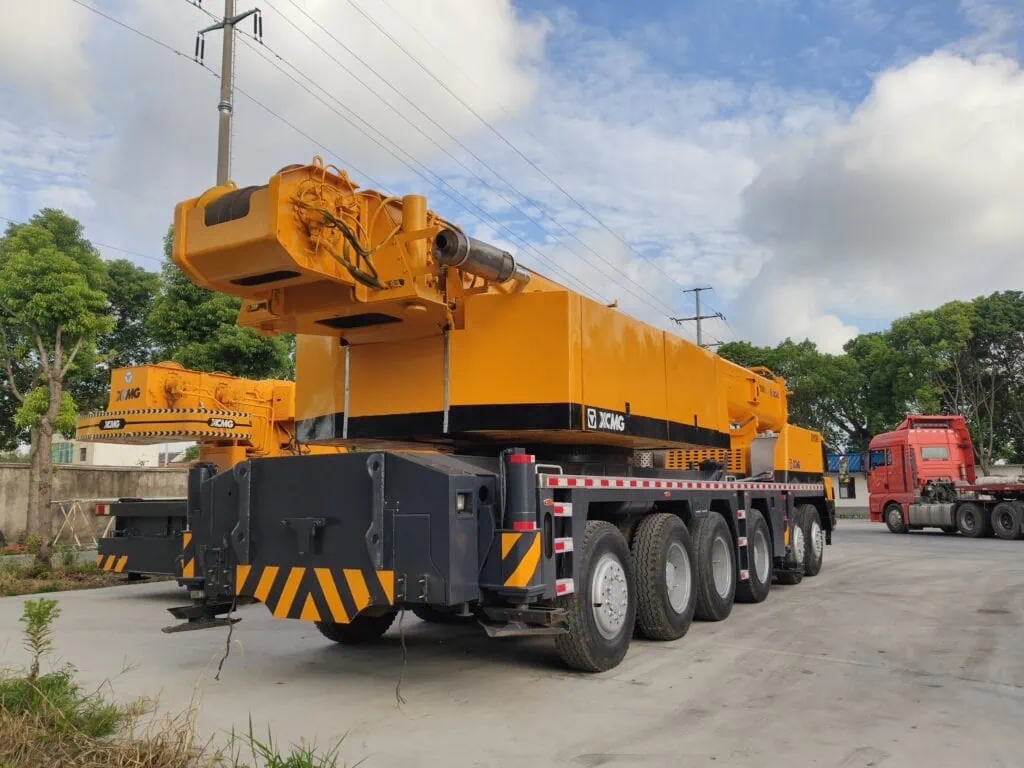
2. Crawler Cranes
The next types of cranes on our list is the crawler crane. These cranes are known for their stability, especially in rough terrain. You can tell a crawler crane because it does not have wheels. Instead, it has tracks like a tank, making it perfect for sitting on soft ground or uneven surfaces. For example, you would use a crawler crane to build a road through a forest, work in a marsh or wetlands, or construct a building or parking garage on a steep mountain site.
Equipped with large tracks, crawler cranes offer exceptional stability and are ideal for heavy-duty tasks. These types of cranes are often seen in mining, port construction, and large-scale infrastructure projects.
This types of cranes is known for its ability to work in the tough off-road working environments where stability is key. The crane uses a big continuous track, just like a dozer, to spread out the weight of the crane over a larger area so they can travel or work in places where a rubber-tired crane would sink. You use a crawler crane on a bridge project, to build a tall commercial building, or when you need to lift heavy things at a mine where you move the crane around the rough, uneven mine site to pick up and move large pieces of mining equipment.
They are also useful in tight spots because of their ability to travel on their crawler tracks over and around obstacles.
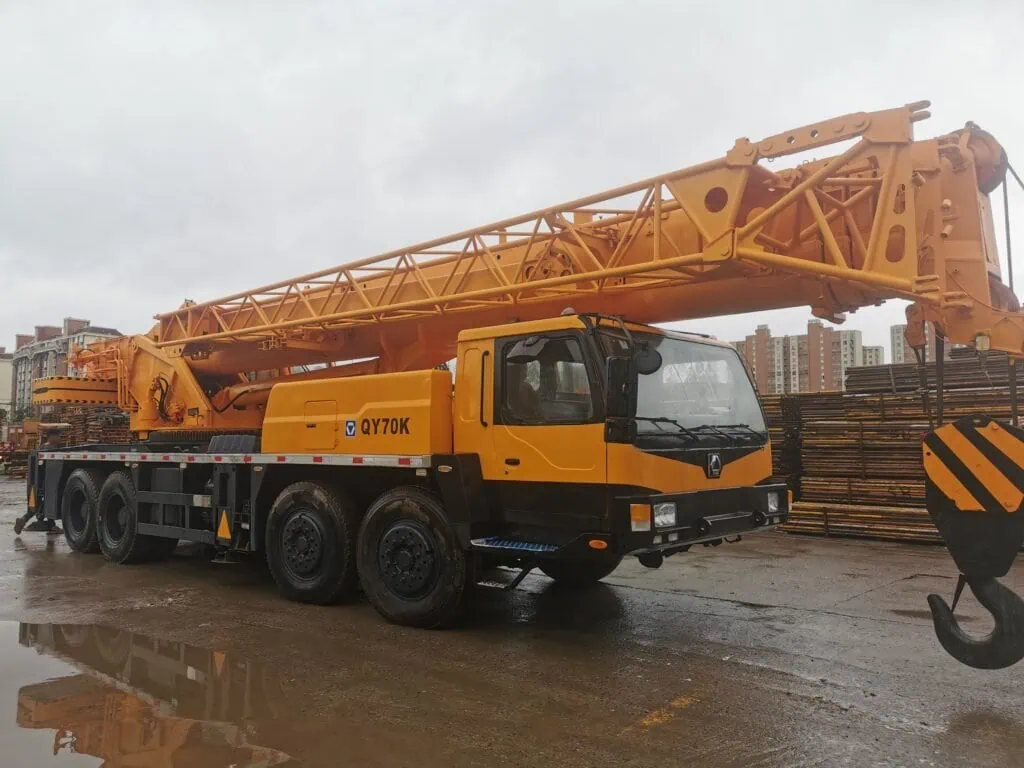
3. Truck Mounted Cranes
The next types of cranes to discuss is the truck-mounted crane. As you might imagine, the crane travels directly on the back of a truck to the job site. This types of cranes is very versatile and highly mobile because you drive the crane from job to job.
Mounted on trucks, truck-mounted cranes offer the benefit of mobility. They are perfect for medium to small-scale construction projects, where crane relocation is frequent. These cranes combine the convenience of a truck with the lifting capabilities of a crane.
A truck-mounted crane is a great option for jobs that require quick shuttling between multiple job sites. Again, as you might guess, this crane is mounted on a truck. The advantage of a truck-mounted crane is the operator can move the crane wherever he or she can drive the truck. The crane is attached to a flatbed truck and driven directly to the job site, making them much faster than other types of cranes requiring disassembly and trucking to the next job. Truck-mounted cranes are widely used in the construction, logistics, and maintenance industries.
For example, a steel erection crew might use a boom truck crane to set steel in place on a residential building. Another company might use the crane to lift and place heavy heating, air conditioning, or other infrastructure equipment. The point being, these cranes are versatile and are one of the most popular types of cranes for a smaller, yet versatile task.
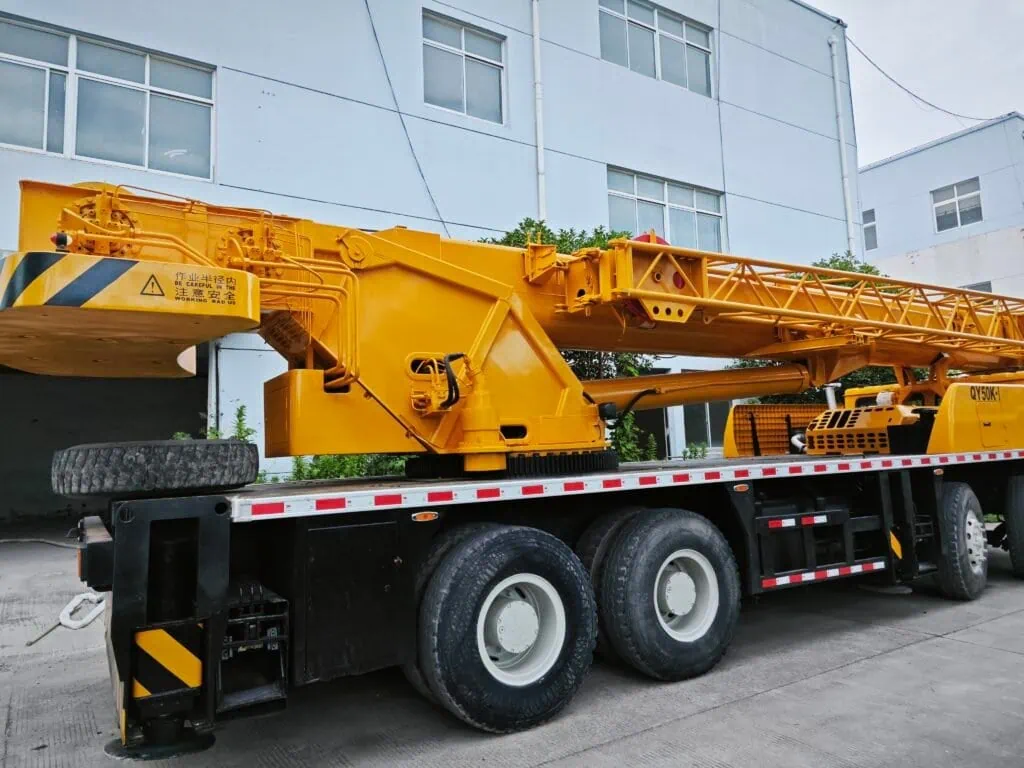
4. Telescopic Cranes
The other types of cranes that doesn’t have a jib is a hydraulic telescopic crane. The name of the crane is the answer to the question, “What types of cranes is that?” You use hydraulic telescopic cranes because they have an adjustable boom that can reach up high. And the boom can extend far out in front, which is helpful when you work on interior construction jobs ups and in other tight spaces where you can’t park a crane right in the middle of the job site.
Telescopic cranes feature a boom that extends and retracts, allowing them to adjust their reach. These cranes are highly versatile, often used in urban construction projects or where the workspace is constrained.
The primary advantage of telescopic cranes is their extendable, often multi-piece boom. They can attain great heights (up to several hundred feet in the air) or distances (several hundred feet away), depending on the model. This adjustability extends the crane’s use in situations where other cranes can’t go. Perhaps the most common place to see a telescopic crane in an urban environment is on a construction site when they need to lift materials high into the air in tight spaces. There are other opportunities for telescopic booms to work, such as highway development, utility installation, and warehouse management. They serve a wide range of industries that rely on their adjustable reach and mobility.
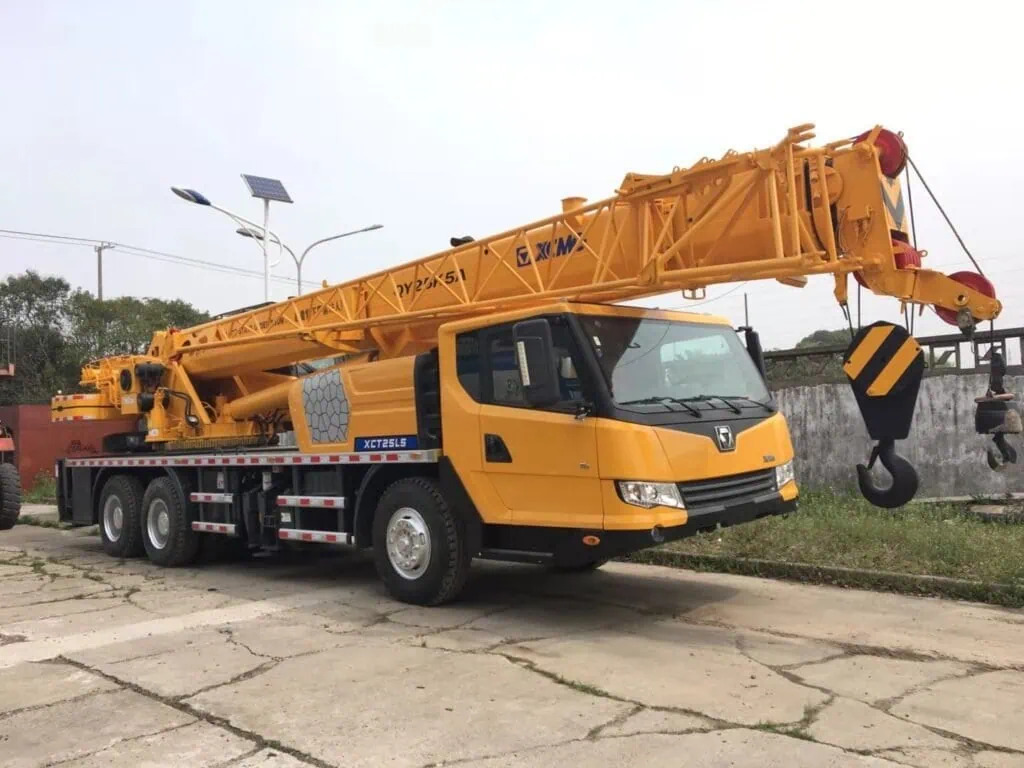
5. Derrick Cranes
You often see derrick cranes in precision lift situations, like offshore construction work or on oil rigs. This types of cranes design has remained relatively the same because it’s good at what it does, lift precise loads with precision.
Derrick cranes are known for their simplicity and high accuracy. Commonly used in oil rigs or other high-risk areas, these cranes excel in delicate lifting tasks and operations that require precision.
Another type of crane you’re unlikely to see commonly advertised is a derrick crane. These cranes have a vertical mast with a fixed, often angled boom. They usually have a winch system for lifting and lowering a heavy load. Their design is simple, yet effective, and they have a reputation for being good at delicate lifting tasks. Think about it: you often find derrick cranes on offshore oil rigs. Their precision is why these cranes get a lot of action in high-risk lifting situations.
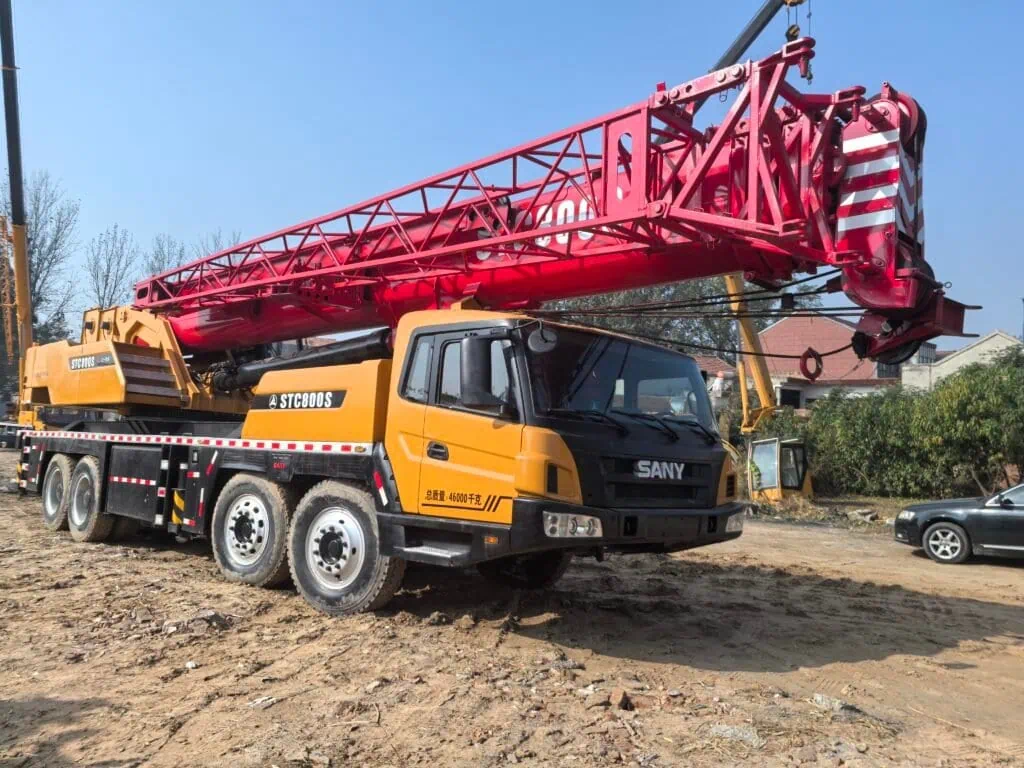
6. Floating Cranes
And finally, cranes like floating cranes exist, but you’ll realize when you think about it that you’ve never seen an advertisement for one. These cranes are designed to work with water-based construction. Pirate movies were wrong — you don’t use a hook to snag your matey’s boat, you use a crane! They typically work on a barge and help in a variety of projects working in or over water. These cranes are handy when you’re building major ports or assembling oil rigs.
Floating cranes are essential in marine construction, mounted on barges or ships. They are used to lift large materials in ports or offshore locations, providing a unique solution for aquatic construction tasks.
Floating cranes, or cranes used in water, are a useful part of the construction industry. You’re not going to see a demo unit at Home Depot, but when you need it, you need it. Floating cranes are often used in port, large body-water bridge construction, and offshore platform or rig assembly. These cranes are mounted on a large barge, which gives you the mobility to move the crane anywhere on the water to access that remote job where the concrete trucks won’t go.
These beasts are also capable of lifting enormous materials like steel beams and large concrete boxes for marine construction. Floating cranes are an easy solution to lift massive things where you need them in the marine environment.
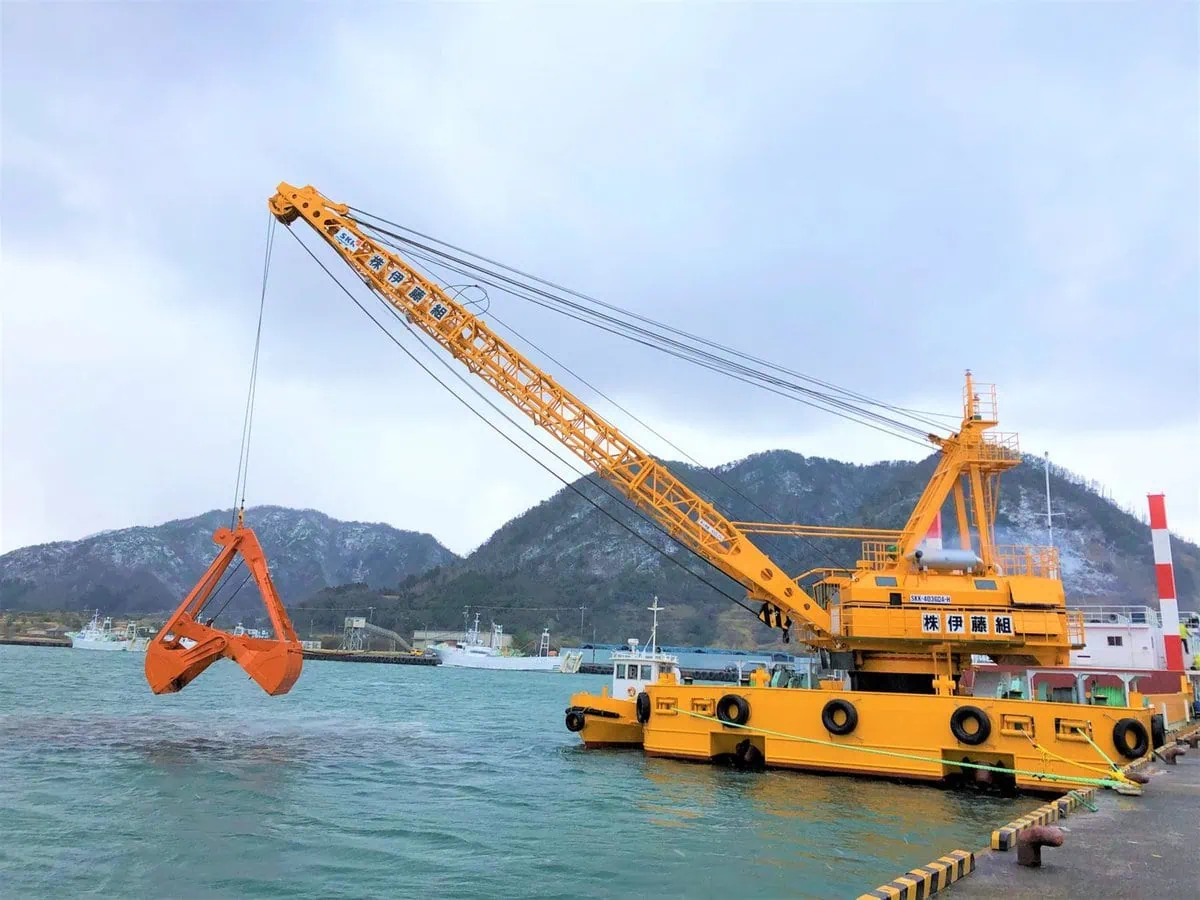
7. Monorail Cranes
Monorail cranes are used to move materials back and forth along a single, linear path in your factory, plant, or warehouse. These cranes are very efficient at moving lighter materials up to their weight rating back and forth. Typically, you see monorail cranes utilized in factory assembly lines.
Monorail cranes are used in industrial settings, especially in factories and warehouses. These cranes transport goods along a single track, providing a streamlined process for material handling.
If you are in a light manufacturing plant or low-level warehouse where space efficiency is a big deal, monorail cranes are a great choice for carrying things along a fixed path. They can be installed on a single track, making it easy to move materials from one end of your building to the other without eating up your precious floor space. They are good for assembly lines where precision and repetition are the name of the game. They’re lightweight and less expensive than the heavy-duty cranes. It is like having small, nimble, quick little elves running around doing your lifting for you. You also don’t have a big track of a crane moving through the middle of your building.
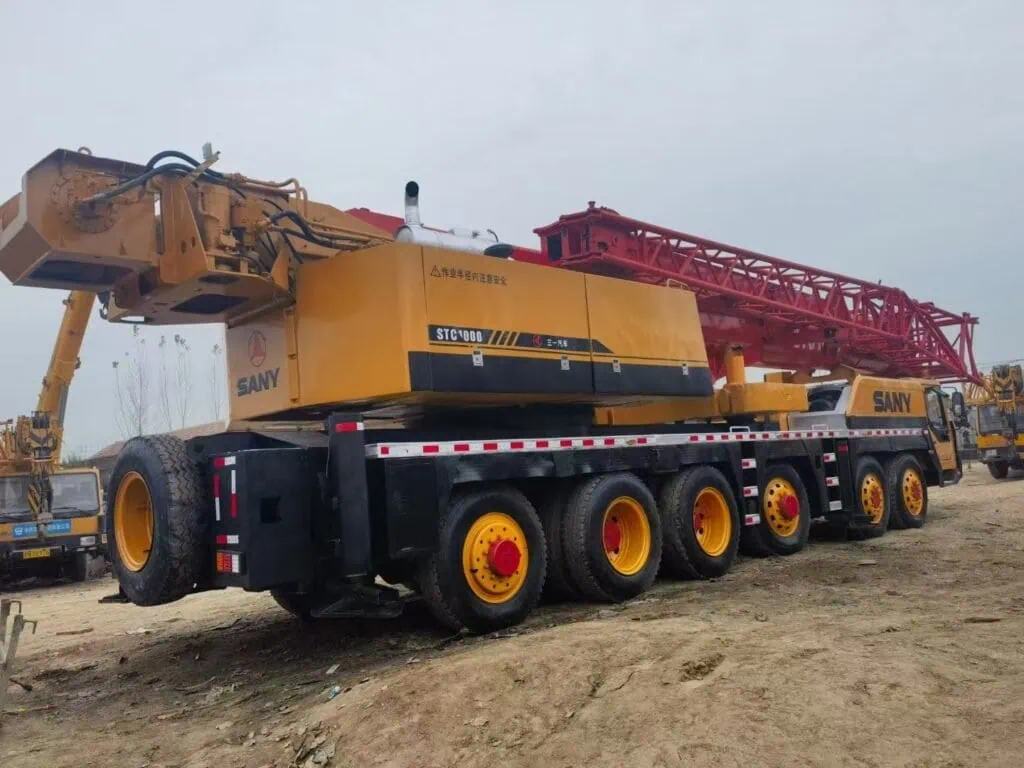
8. Industrial Cranes
If you are looking at heavy-duty, industrial cranes, they are essentially used in heavy manufacturing plants, steel mills, heavy industry…someplace where heavy loads are cranes are required. They can pick up anything and would be for large-scale factories. If you’ve ever been to an automobile plant or a GeoStruction plant, that’s what I’m talking about. Heavy-duty, large cranes built for a specific purpose in a specific location for a specific industry.
Industrial cranes are used in environments where heavy lifting is required. They are designed for factories, steel mills, and construction sites, offering significant lifting power and durability.
In the heavy-duty to industrial lines you’re looking at our industrial cranes. These are the big boys of the crane world. They’re made for the heavy industries such as steel production, large automobile plants (you can see rows of them in a Honda or Geo plant), large construction projects, and the like. Industrial cranes are built to handle extremely heavy material, like steel beams, large pieces of machinery, and other construction equipment. They are designed for continuous operation. Typically, they will pick up something then another one then another one then another one, going around in a big circle, lifting and moving sometimes for the whole eight or ten-hour shift. They are truly designed for continuous operation.
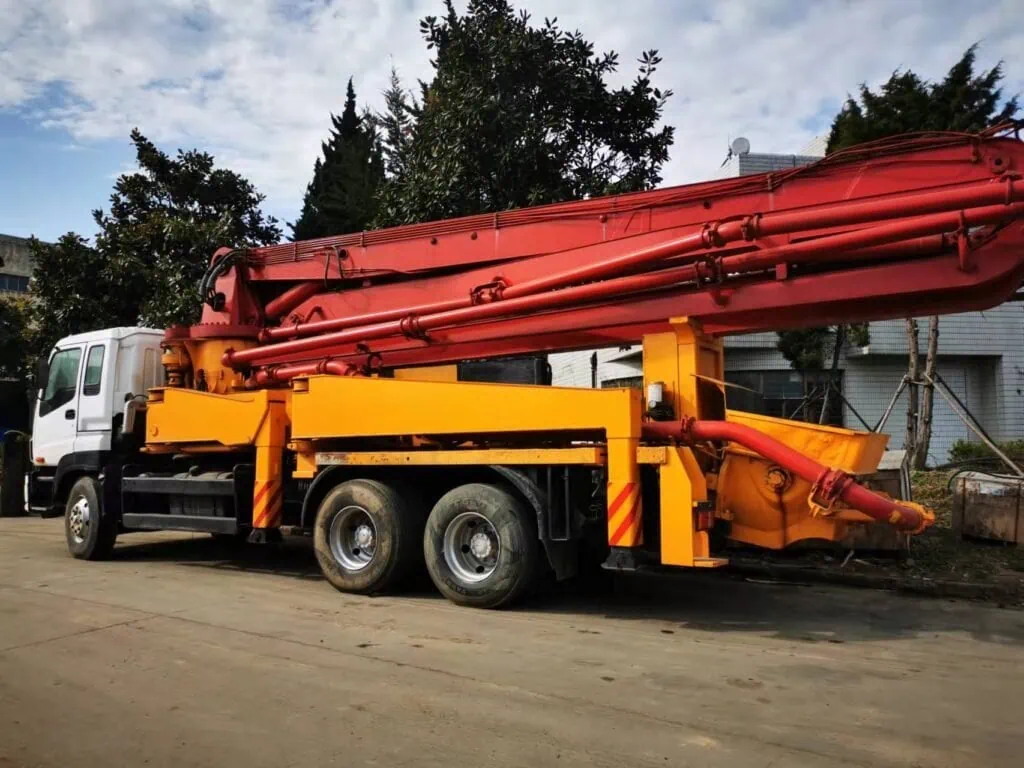
9. Crane on Wheels
Another type of crane is one you could call cranes on wheels. Officially, they are referred to as wheeled cranes, but half the time the crane companies call them cranes on wheels. They have the capacity of a crane only they move. They are a big, mobile, over the road, crazy looking, Elton John outfit-wearing crane. These blue printed beauties are designed for those who want to pick up heavy stuff and quickly move to another location, but don’t want to give up the ability to lift heavy loads.
Cranes on wheels are designed for mobility and are often used in construction projects that require both portability and power. They combine the features of a crane with the mobility of wheels.
Cranes on wheels are the bomb-diggity. They are cranes on wheels. Technically, they are called wheeled cranes, but I call them cranes on wheels. If you saw a picture of them, you’d immediately know why. They have the capability of being a crane only they move. These are the people who like to dress up their cranes with big feathers on their head, lots of make-up, huge shoes, giant glasses, and bling over every inch of Elton John’s outfit.
These blueprinted beauties are for people who have to pick up heavy stuff, want to be able to pick it up and move quickly to another location, but don’t want to give up any of the ability to pick up their heavy loads.
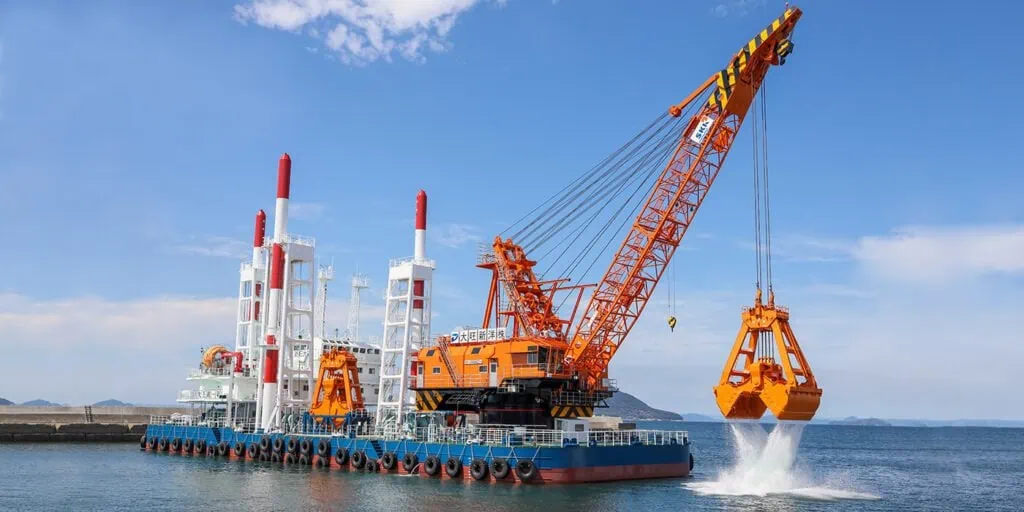
10. Crane Machine Construction: How Cranes Are Designed for the Construction Industry
Craftsmanship in crane building is a highly specialized field in today’s world. The people who build cranes are skilled at the craft and science of creating a piece of equipment that is specifically built just like you want it built for your construction jobs. The cranes built for one location are used for that one location. They know how to build it right, so it looks good, runs forever, and everybody is happy—including the crane builder.
Crane machines are designed with specific construction requirements in mind. Engineers take into account factors such as load capacity, height, mobility, and environmental conditions to ensure cranes can handle the challenges of construction work.
Each crane has its own job to do, like picking and lifting and moving heavy stuff. They are engineered to be safe, with concerns for the weight, lift, possible wind resistance, and a whole lot more. When you build a crane, you do it based on what you need it to do for you. The design changes with the job and specific crane requirements. For example, tower cranes are made tall and have a rotating mast so that they can have a large reach and the highest lift capacity based on need. Mobile cranes are built with wheels or tracks so that they can move around a specific location based on need.
Construction cranes have many built-in safety features like load-sensing technology, anti-sway devices, and many others so that nobody gets hurt. It only takes a little common sense and a dose of wisdom to realize safety is paramount at all times and at all levels.
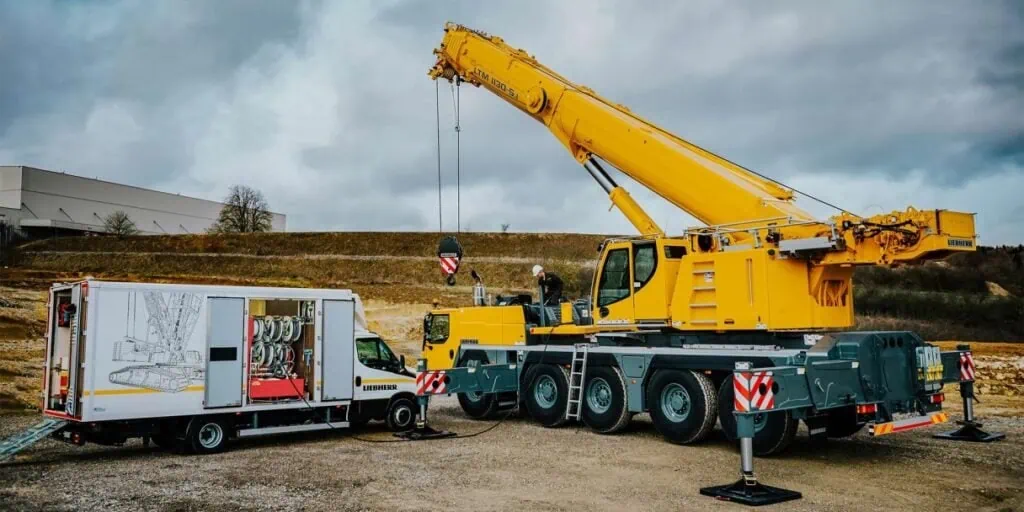
11. What Are the Benefits of Using Different Types of Cranes in Construction?
When you use the right kind of crane for the job you have to accomplish, you work smarter, safer, and cheaper. It’s a fact of construction life.
Using the right crane for each task in construction can greatly enhance operational efficiency. Different types of cranes are designed to handle specific challenges, from heavy lifting to working in confined spaces.
The benefits of having multiple types of cranes in construction can’t be overstated. By selecting the right crane for the job, construction companies can help ensure that their project remains on time, within budget, and safe from start to finish. Tower cranes are excellent for lifting heavy materials to great heights. Mobile cranes can move between job sites, offering versatility. Crawler cranes are perfect for challenging terrains and places where a truck crane can’t go. Floating cranes are perfect for projects on the water or near it. Specialized cranes like monorail or telescopic cranes allow operators to work in close quarters with precision.
These benefits will contribute to getting the job done faster, with fewer accidents, while reducing operating costs by using the optimal equipment for the task.
Summary
In construction, it is essential to choose the right types of cranes to ensure your work is efficient, safe, and cost-effective. From the right equipment like mobile cranes and tower cranes to more specialized equipment like derrick cranes and floating cranes, there is a crane designed to meet your needs. Whether you need the mobility of a crane on wheels, or you have to lift heavy loads to great heights on a regular basis, knowing about the kind of cranes available and what they do is vital to the success of any construction project.
Looking at your job requirements in terms of ground conditions, load to be lifted, and job site conditions will allow you to determine which crane to use for a job to ensure the work goes off without a hitch. Or contact with us for more information of types of cranes!

